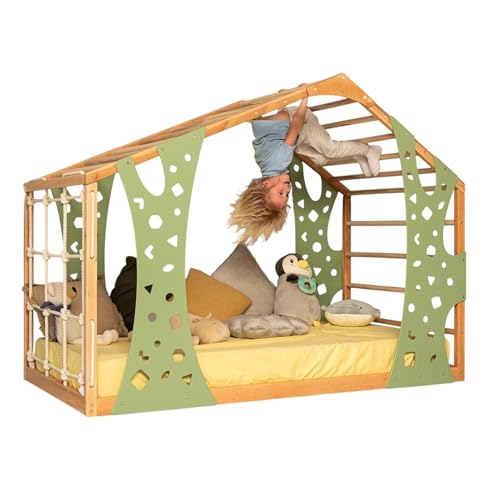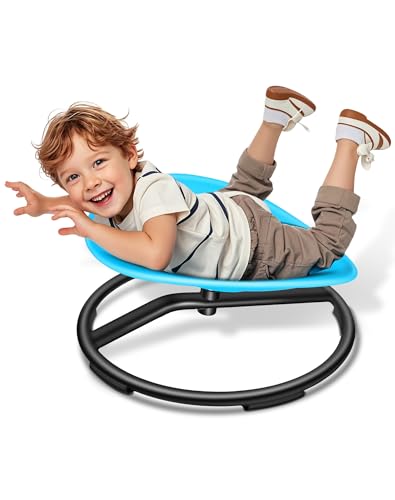Guiding Little Learners Through Big Growth
At Springling Therapy, we are intentional about how we structure and use our clinic space – that’s an actual picture above of our Dallas clinic. It is our goal to create playful pathways, and this starts with the layout of our clinic space. Guiding little learners through big growth is an important job that we take very seriously. Our approach is rooted in naturalistic intervention, specifically the Early Start Denver Model (ESDM), which allows routines or activities to run for up to 15 minutes. Within each of these activity blocks, we weave in a variety of goals, including:
Practicing mastered and maintenance skills
Embedding motivation into every activity
Creating multiple learning opportunities for targeted skills
When planning sessions, we thoughtfully alternate between seated and active (standing/moving) activities. This balance helps support the child's emotional, physical, and cognitive regulation, allowing us to deliver the most effective and engaging learning experiences.
Our therapists play an active role in optimizing a child's mood, energy level, and engagement. When a child is well-regulated and motivated, learning outcomes improve, interactions become richer, and most importantly, participation feels joyful. (More on this in an upcoming blog post!)
To support our intervention model, we organize the clinic environment into 15-minute learning intervals, which consist of 4-parts; setting up the play or activity, the theme, incorporating variation, and closing (another planned blog post!).
This structure creates a predictable “flow” throughout the session, making transitions smoother and supporting engagement. Because our clients are young, we prioritize a mix of “seated activities” and “movement-based activities” to maintain a balance of energy and attention.
For example, a session might start in the book zone, especially if that’s a preferred activity for the child. From there, we might transition to a motor-based activity like Ring Around the Rosy or London Bridge on a movement rug. We always consider both navigating the layout of the clinic and the child’s state—where they are, what they need next, and how we can keep motivation high.
Sample Flow Through the Clinic
A child might arrive and put their backpack in a designated cubby near the entrance. Since the sensory room is located nearby, they may begin there—engaging in a standing, tactile-focused activity like playing at the sensory bin. Afterward, we might transition to a nearby seated activity, such as interactive floor play with a barn setup.
As children move through the clinic—from front to back and from zone to zone—we’re always thinking ahead: How can we reduce long transitions? How can we keep engagement high while promoting flexibility and emotional regulation? How can I embed all treatment goals into each activity?
Creating Functional Zone Spaces
To support this model, we design activity zones that correspond to the intervention plan. A few key principles include:
Tabletop Zones: Child-sized tables and chairs for focused seated work.
Floor Play Zones: Rugs or mats to define cozy, inviting play spaces.
Book Areas: Comfy beanbags with proper back support or soft blankets for reading time.
Accessible Materials: Shelves or bins within each zone stocked with relevant toys or tools to minimize unnecessary movement or transitions.
By keeping the environment predictable yet flexible, we help children navigate the space with confidence, maintain their motivation, and remain open to learning. Our goal is for each child to flow smoothly through their session—with moments to sit, stand, explore, and most importantly, to thrive.
Let’s get playing! Gina










